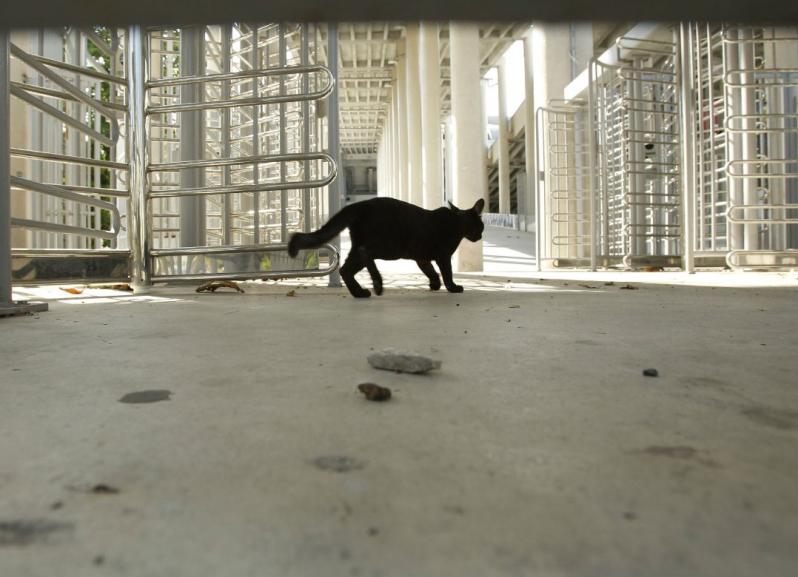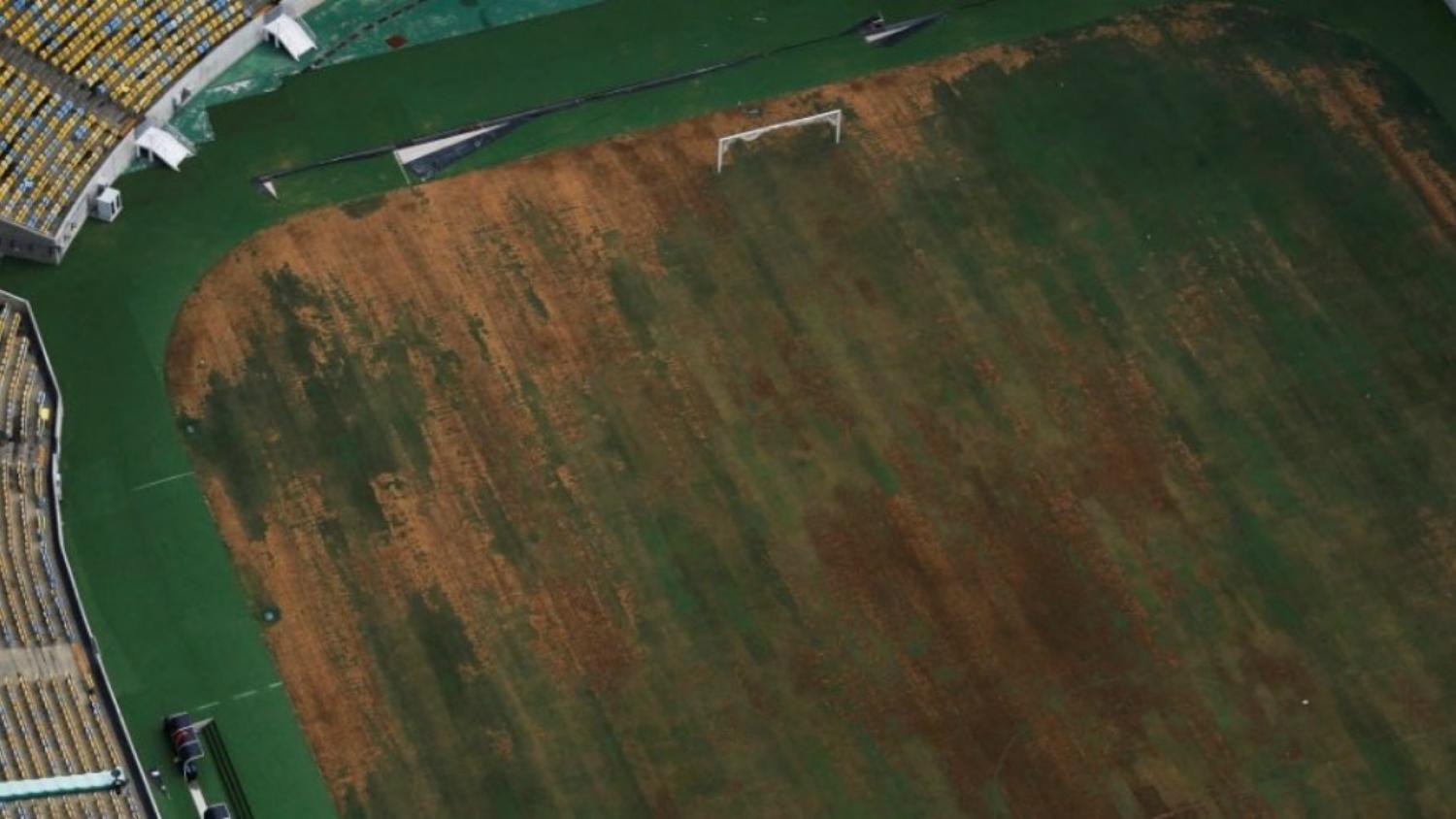More than two years after the 2014 World Cup, the excess of $3 billion spent on building new stadiums and renovating existing ones across Brazil is looking more and more like an unmitigated disaster. With the government unable to pay teachers, medical personnel and pensions, the extreme costs of up keeping these gargantuan white elephants are rightly the last thing on the country's priority list.
But even the iconic Estadio do Maracana in Rio de Janeiro, the sight of matches for the 1950 World Cup, 2014 World Cup and 2016 Summer Olympics, has now had its power shut off with the stadium nearly $1 million behind on bills.
With parts of the stadium in total disrepair and with its main occupants now being stray cats, the $550 million spent on renovating the 76,000-seat stadium is now just another landmark of a dubious tournament legacy.

What is this, a stadium for cats?! Photo: @BandRio | Twitter
While the Maracana will receive the most attention for its world-renown, other sites like the Arena da Amazonia, the stadium that was dubiously planted in the heart of the Amazon with no local Brazilian top flight team, and the Arena Das Dunas in Natal have resorted to hosting weddings, birthday parties and corporate events in an attempt to raise any sort of income.

 Home
Home


